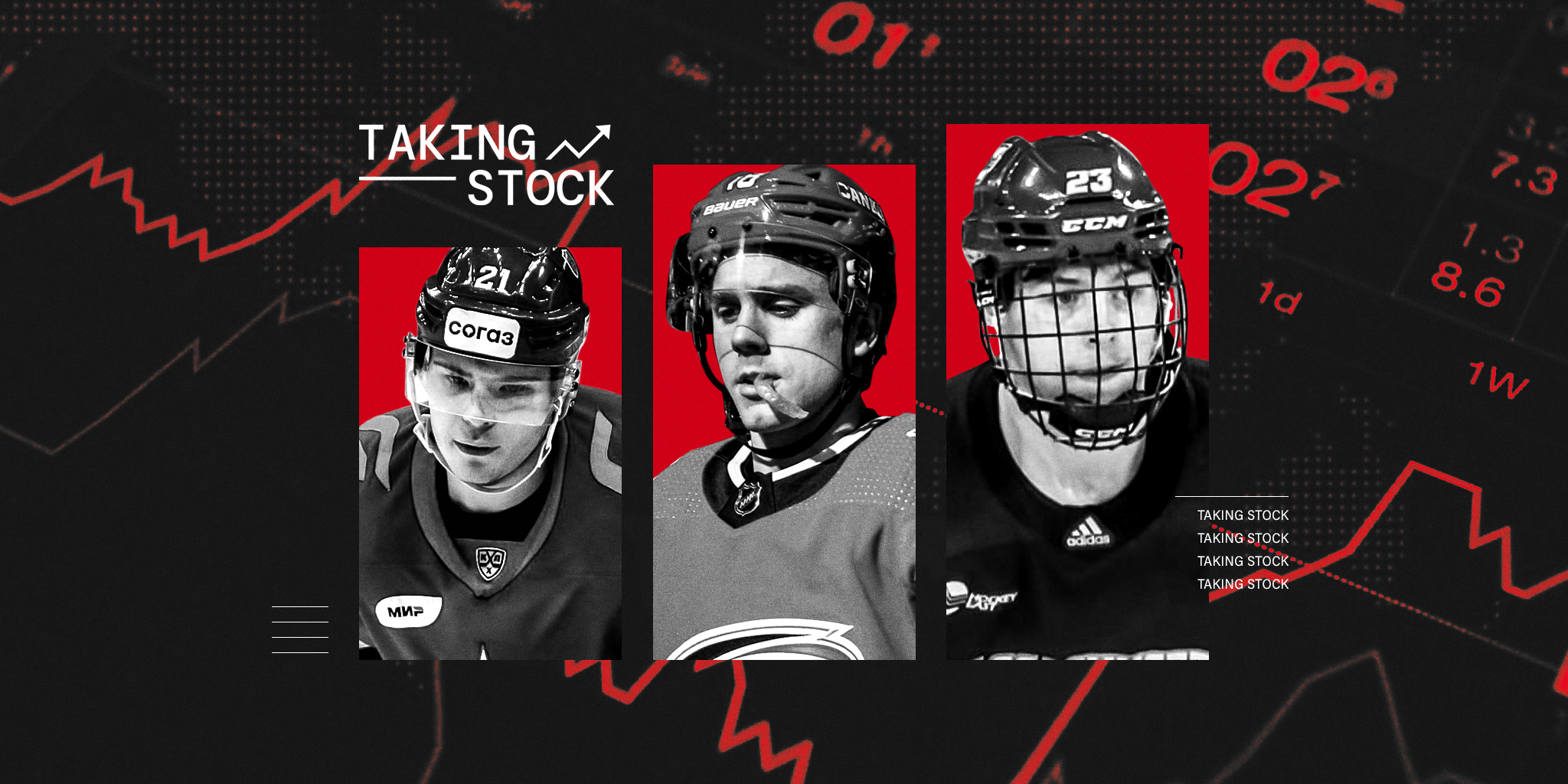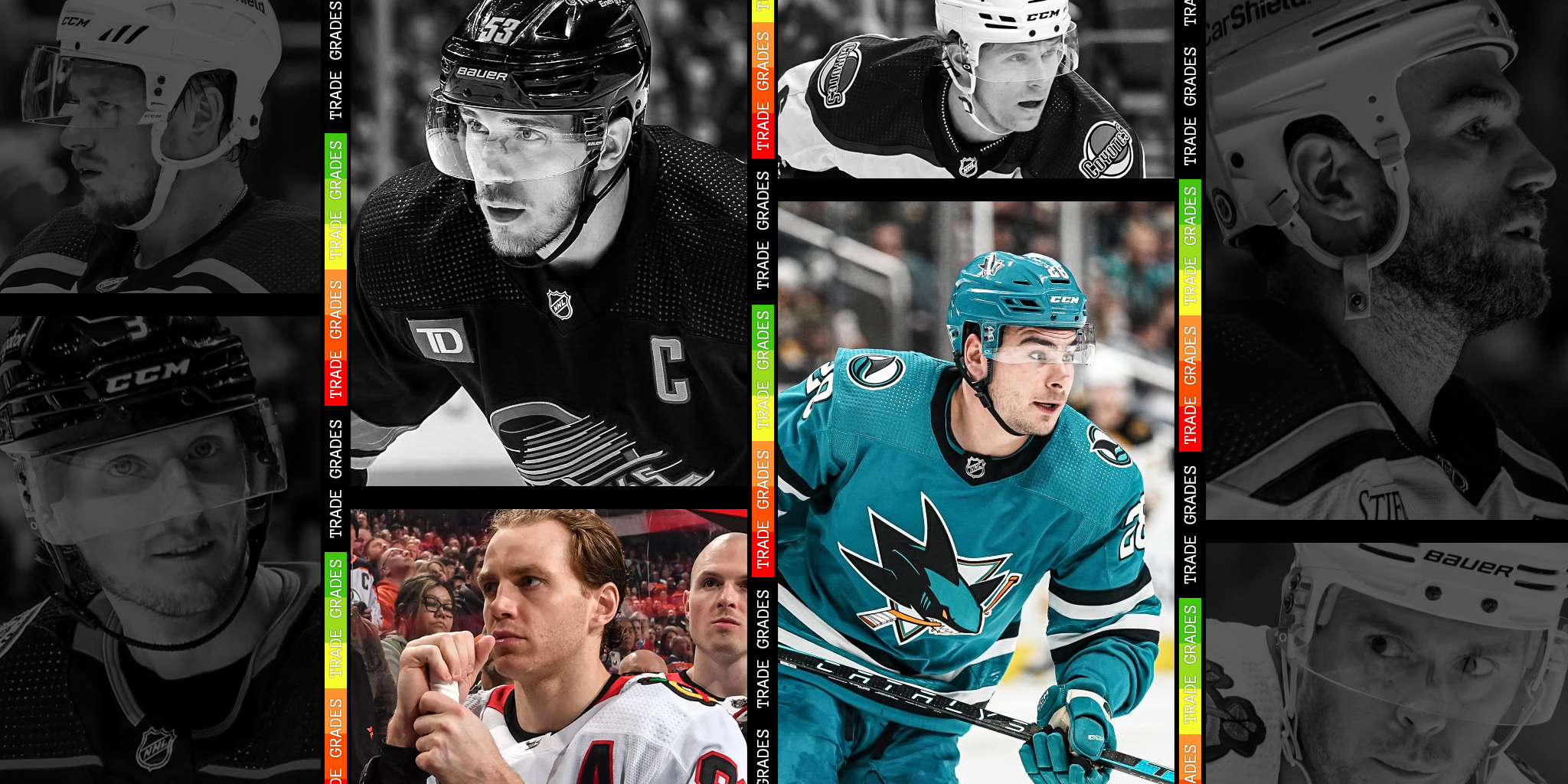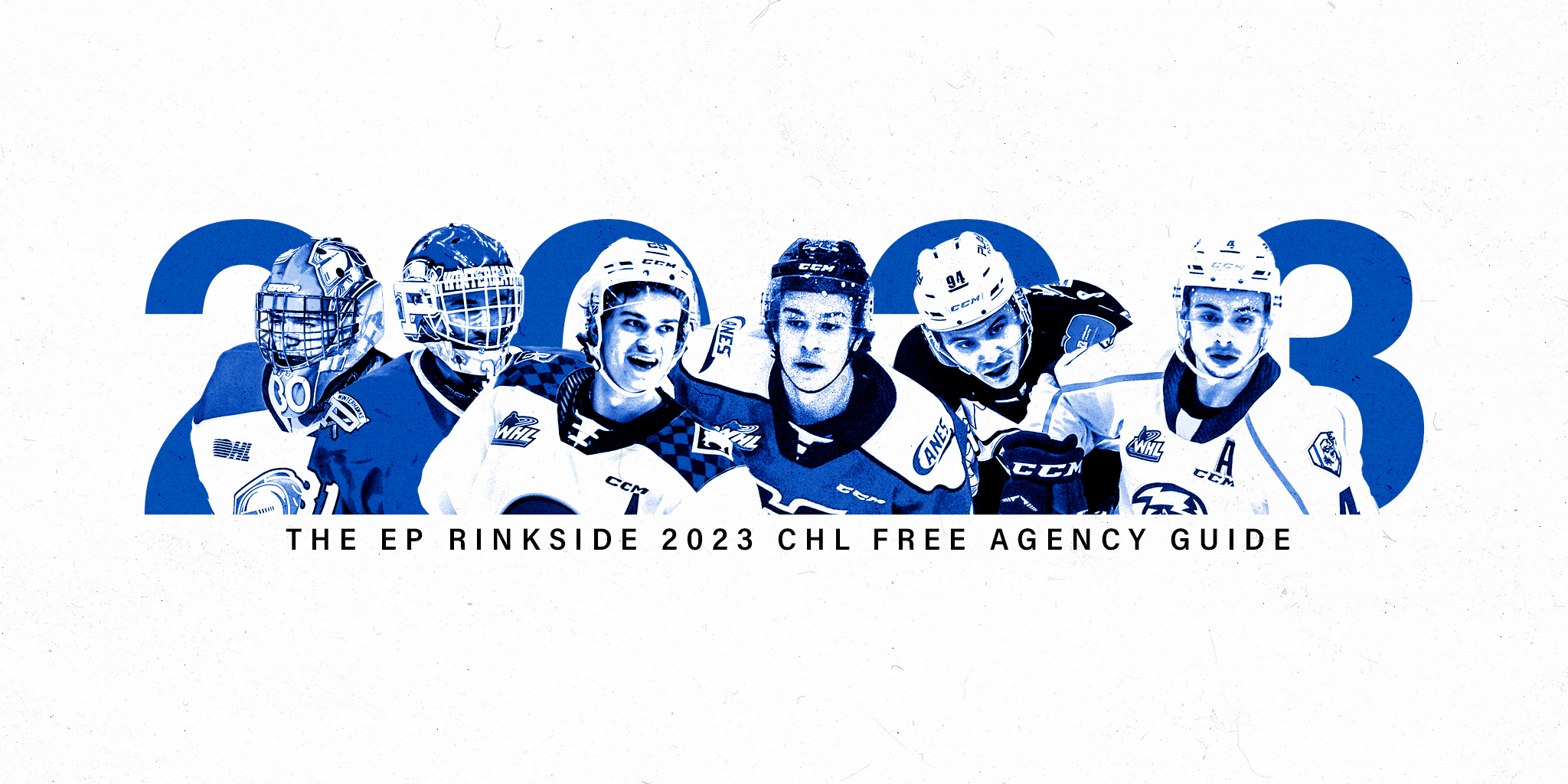Taking Stock: A look at the Carolina Hurricanes' prospect pool ahead of the 2023 NHL trade deadline

The Carolina Hurricanes covet skill above everything else at the NHL Draft. They target players who could one day ascend to the top of their lineup with their ability to create plays at speed off the rush and score goals from distance. Even if they don't fit the traditional mould of an NHL player.
That philosophy has helped keep the Hurricanes' high position in our annual prospect pool rankings, even as the value of their picks plummeted because of their on-ice success. They can now use some of those assets to push this team over the top in trade negotiations.
What follows is an inventory of some of the prospects that the Hurricanes could or perhaps would leverage to those ends. We break down their progress this season and their upside long-term.
Scott Morrow, D, UMass (40th overall in 2021)
Some of Morrow’s manoeuvres in college dangles won't translate to professional hockey, but you can always count on him to develop new ones. His offensive foundation is strong. He understands how to control opposing defenders with his posture, hesitation, fakes, and skating cuts, and he also has an innate feel for the timing of offensive plays.
Every time he gets the puck, he looks to improve the condition of his team's attack. He carries the puck up ice to draw opponents in and create space for his teammates elsewhere; he moves along the blue line to shift the defensive box and seek out passing lanes inside; and he holds forecheckers in his tracks low in the defensive zone to find breakout options.
The most critical part of Morrow’s development is the work that the Hurricanes (or some other team) will do with his skating. Adding a bit more pace to his game would make it easier to project him to a top-four NHL role. His off-puck defensive game still needs work, but he’s becoming a fiercer 1-on-1 engager around the net and the boards in the NCAA.
Ville Koivunen, W/C, Kärpät (51st overall in 2021)
Koivunen might be the smartest prospect in the Hurricanes’ system. You can see his high-level hockey sense show up in his playmaking; in his ability to anticipate the position of teammates and in the creative ways he gets them the puck.
He can find teammates in the slot by deceiving defenders, slipping pucks through their feet, and redirecting the puck there before they can get their stick on it. His anticipation and processing speed shine every bit as bright away from the puck, in the way he positions himself to give his teammates options.
While his wall play and skating have improved over the last couple of years, Koivunen remains more comfortable in open ice than on the walls. He’s also not at a point where he can push defenders back with his speed.
There are hurdles in his path to the NHL, but Koivunen is adaptable. He can find ways to work around them.
Jack Drury, C/W, Chicago Wolves (42nd overall in 2018)
It has been a bit of a down season for Drury. He finally got his opportunity to play in the NHL for an extended period, but only in limited minutes. He’s capable of filling a depth role, having owned his checking game in the past AHL seasons, but playing in that part of the Hurricanes lineup didn’t allow him to showcase much of his offensive abilities. He seems to have fallen out of rhythm, as his point pace has also slowed down in his return to the AHL in the second half of the season.
Maybe a change of scenery would do him some good. The main appeal of his game is his off-puck play, his timing around the slot, and his ability to support teammates and give quick passing options. Those abilities coupled with a mechanically sound shot could turn him into a useful secondary scorer for another formation.
Alexander Nikishin, D, SKA St. Peterburg (69th overall in 2020)
It would probably take a significant package to pry Nikishin away from the Hurricanes. The Russian defenceman is in the middle of a historically great season in the KHL. His potential suddenly seems much higher than what most analysts anticipated in his draft year.
At 6-foot-4, Nikishin has the stick range to intercept passes and pokecheck the puck away from opponents and the stature to control them on the boards, but after ascending to a first pair role on SKA this team, it’s his offensive game that has shone brightest. He jumps into the play off the rush, moves along the blue line to get his wrist shot through, and distributes the puck quickly and intelligently, without forcing too many plays. He’s a facilitator for his top-end forward, but also has the necessary deceptive qualities to create on his own from time to time.
It remains to be seen if he can integrate a top-four NHL role, but his results so far suggest that he could. He seems to have the offensive confidence to boost an NHL blue line — and even to run a power play unit in the big leagues.
Aleksi Heimosalmi, RD, Ässät (44th overall in 2021)
Heimosalmi has continued to evolve his game in Liiga over the past two years. On top of being able to break up plays, cut passing lanes, defend the rush, and engage on opponents, the Finnish defenceman has also improved his off-puck defending, his reads, and his anticipation of the play. His defensive game should provide the foundation for an NHL game and a chance to fill a role on a bottom pair as a shutdown specialist and penalty killer.
Becoming slightly more deceptive in his passes and developing a better instinct for activations and play selection would open up many possibilities for him and help him spend less time defending.
Noel Gunler, RW, Chicago Wolves (41st overall in 2020)
Gunler is capable of dangling through sticks and beating goalies cleanly with a variety of shots. He has a knack for finding open spaces in which to set up as a shooter, especially across the ice. He’s at his best on the power play when paired with top playmakers who can feed him passes for one-timers.
His game lacks a bit of diversity, though. He doesn't have the motor and the pace needed to be useful on a checking line. To succeed in the NHL, he will have to enter a top-six line and generate consistent offence. And the only way to earn such a role is to first do it against his AHL competition.
Vasili Ponomaryov, C, Chicago Wolves (53rd overall in 2020)
After a difficult season last year where he shuttled up and down between the Russian KHL and VHL, Ponomaryov has returned to form this season.
He may never be that top-six playmaker that seemed attainable to some at one point in his career, but that wasn't really our projection for him in his draft year either. His motor and pace, defensive instincts, and stick-checking ability will serve him well in a bottom-six, penalty killing role in the NHL. And he could also contribute to a team’s offence with his speed and ability as a passer.
Ponomaryov looks more like an NHLer this season. Carolina may not have a spot for him in their lineup as of now, but he should soon be ready to contribute to their success sooner than later in a checking role. If he can hone his reads and become even better at anticipating opposing rotations and passing lanes, he will only improve his odds of carving out a full-time career in the NHL.
Ryan Suzuki, C, Chicago Wolves (28th overall in 2019)
There may not be a more graceful skater in all of the AHL than Suzuki. Watching home dance from edge to edge, accelerate, and pivot is enough to make one think that he may yet have top-nine NHL upside in spite of his (relatively) advanced age and unremarkable offensive numbers.
It’s not for nothing that he was selected in the first round. When he’s playing to the best of his ability, Suzuki can manipulate defenders, send pucks through opponents, speed past them, and beat goalies with perfectly placed shots.
His game still lacks aggressiveness, though. Suzuki has to take charge. That means, winning more pucks and extending more plays by combining his skating and physical skills, attacking the inside of the ice even more (although that facet has improved significantly), and developing his playmaking even further.
He remains a project, but the upside hasn’t changed.
Jamieson Rees, C/W, Chicago Wolves (44th overall in 2019)
Rees’ stock took a steep fall last year when he only put up 24 points in 61 games for the Chicago Wolves in his sophomore AHL season. This year, though, he seems to be back on track. He leads the team in points at this juncture with 28 in 36 games.
His game improved over the past season, of course, but really the biggest driver of his success has been his ice time. The coaching staff has been giving him a lot more minutes and Rees is rewarding them by driving the offensive play consistently, with the same reckless energy and skill that we came to expect from him in the OHL.
Rees plays the game fast and with deception. He makes up for the mistakes in his play selection by forechecking with all his might to get back the puck. He cuts in front of opponents, steals the puck from them, and fiercely protects it with his body and hands. If he improves his decision-making even more and strengthens his in-zone defending, he could become an effective third-line piece in the NHL.



